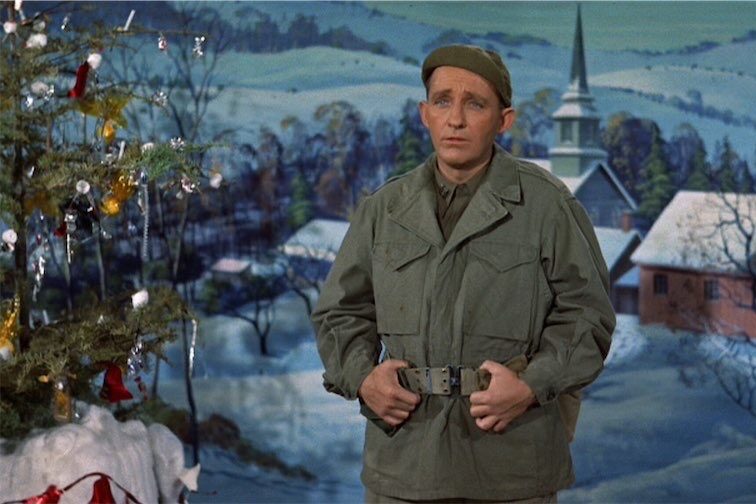
Canberra International Music Festival / Concert 13, Bach’s Brandenburg, Part II, Bach Akademie Australia. At Snow Concert Hall, May 5. Reviewed by DANTE COSTA.
There is just something about listening to Bach in the morning that leaves you feeling alive.
Bach Akademie Australia resumed their position on the stage of Snow Hall, under the direction of Madeleine Easton, to perform the final half of the Six Brandenburg Concertos having performed No.1, 3 and 5 the previous evening.
Interestingly, they were not performed in numerical order, instead opting to end with the second concerto noting that it was sent into outer space on the 1977 Golden Voyager Record paying homage to the gift to humanity that is Bach’s oeuvre.
Opening with Concerto No. 6 in B-flat major, BWV 1051 the ensemble breathed life into their music from the first notes. Conventionally it is the violins that sit at the top of the score, but their conspicuous absence in this concerto means that the violas get their moment in the spotlight.
The music was lively and passionate, and especially the interlocking polyphonic viola lines which sit atop a strong continuo of two gambas, violoncello, violone and harpsichord. The allegro, which is stately and in a dance-like compound time was particularly enjoyable.
Perhaps one of the most structurally ambiguous of the six concertos, Concerto No. 4 in G major, BWV 1049 the violin and two recorder soloists leave the audience guessing as to what may ensue in the following bars, but surprise the audience with delightful twists and turns along the way.
The andante provides a welcome reprieve from the intensity of the other movements in the concerto, the gentle textures of the continuo and strings provide the backdrop for the soloists to effortlessly soar above the ensemble like lyrical songbirds.
The lively and playful rhythms of the presto are developed as a fugue but then later return echoing themes of a ritornello with sections where each of take the spotlight. The whole ensemble was thoughtfully engaged and never once let the music lead them astray.
The ensemble chose to conclude the second concert with Concerto No. 2 in F major, BWV 1047. This concerto offers yet another curious set of instrumentation that includes a baroque trumpet, recorder, baroque oboe, and violin accompanied by the rest of the ensemble.
Although there are four soloists, it is really the trumpet that takes centre stage in this piece. In part, it is because it is played in the high register in a spritely F major that makes it effortlessly sparkle over the top of the other instruments.
However, this raises an important point regarding the acoustics of the venue and its suitability for this ensemble. At times the sound was a little muted and even hard to hear in spots. Appreciating the fact that this was performed on period instruments, I am not entirely convinced that this was the best venue to showcase the beauty and technicality of this ensemble’s masterful performance, which was nevertheless a deeply pleasurable experience.
Who can be trusted?
In a world of spin and confusion, there’s never been a more important time to support independent journalism in Canberra.
If you trust our work online and want to enforce the power of independent voices, I invite you to make a small contribution.
Every dollar of support is invested back into our journalism to help keep citynews.com.au strong and free.
Thank you,
Ian Meikle, editor




Leave a Reply